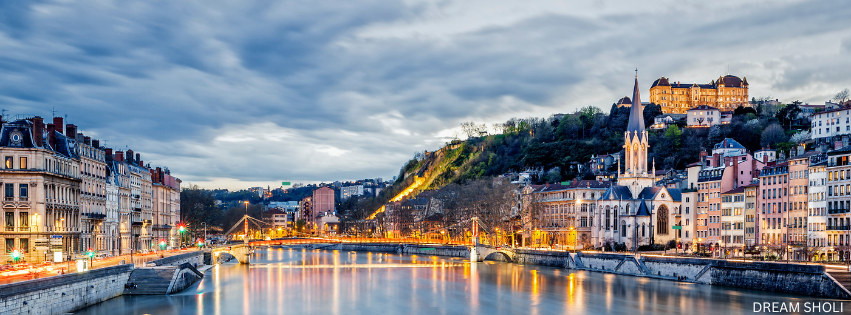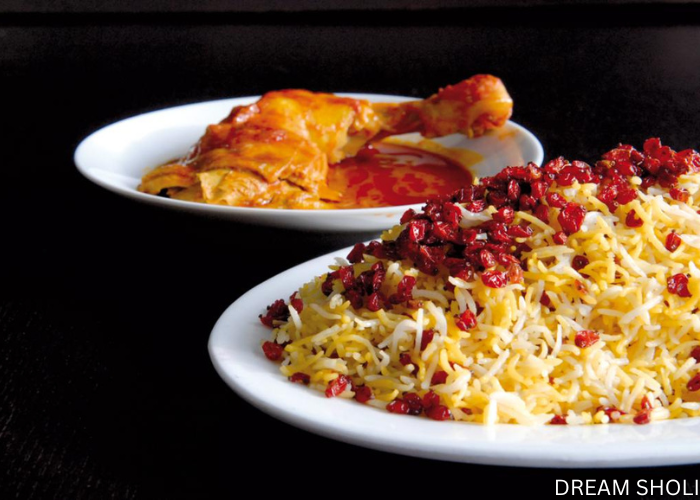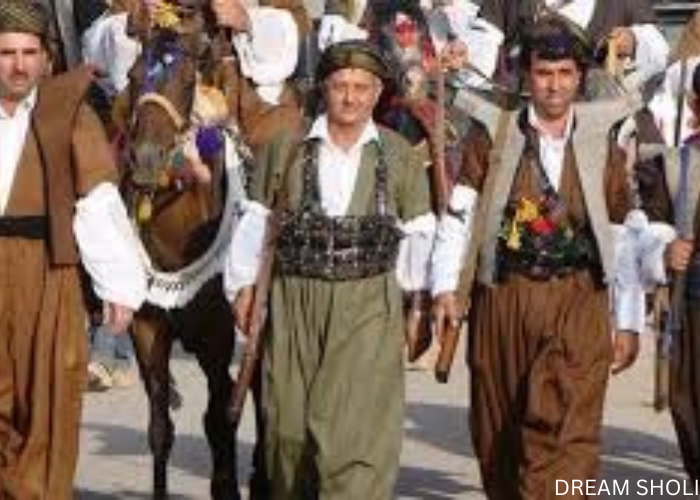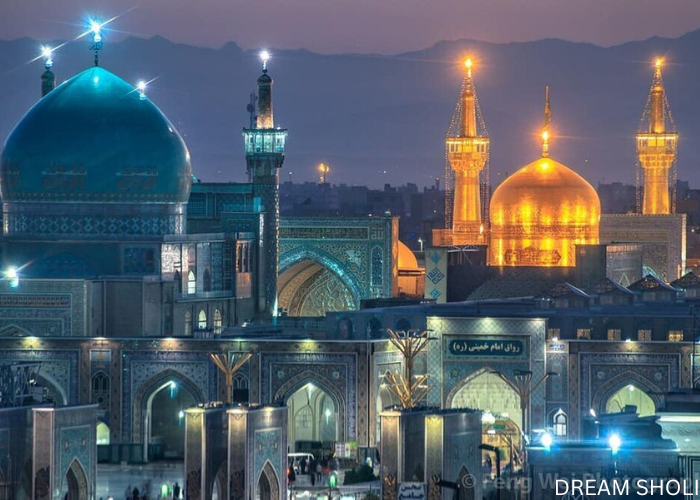
Iran, a captivating country in Southwest Asia, boasts a rich history spanning over 5,000 years and a vibrant cultural landscape. Recognized as one of the world’s oldest civilizations, Iran has made remarkable contributions to literature, science, and the arts throughout its storied past. The capital city, Tehran, is renowned for its lively bazaars, impressive museums, and historical landmarks, including the stunning Golestan Palace. Iran’s diverse geography features everything from vast deserts to majestic mountain ranges, offering abundant opportunities for outdoor activities such as skiing and hiking. The nation is also celebrated for its exquisite culinary traditions, featuring an array of rice dishes, savory stews, and succulent kebabs. Architecturally, Iran is home to breathtaking mosques, palaces, and gardens that exemplify Persian design. Key attractions include the Imam Reza Shrine, the ancient ruins of Persepolis, and the magnificent Naqsh-e Jahan Square. With its remarkable blend of natural beauty, historical significance, and cultural richness, Iran stands out as an extraordinary travel destination.
Iran’s climate is characterized by significant regional variations, influenced by its diverse geography and topography. In the northern cities, including Tehran, spring and autumn offer mild temperatures, creating pleasant conditions for outdoor activities and sightseeing. However, winters can be quite cold, with temperatures often dropping below freezing and occasional snowfall, particularly in the mountainous areas. Summers in northern Iran can become warm, but they are generally more temperate compared to the southern regions.
In contrast, the southern cities, such as Shiraz and Isfahan, experience a hot and arid climate, especially during the summer months when temperatures can soar significantly, often exceeding 40 degrees Celsius (104 degrees Fahrenheit). Rainfall is scarce in these areas, making the climate dry and more challenging for those unaccustomed to the heat. Due to these varying weather patterns across the country, it is crucial for travelers to research the specific climatic conditions of their intended destination in Iran. This allows for better preparation, ensuring that visitors can dress appropriately and plan their activities according to the local weather, whether they are trekking in the cooler northern mountains or exploring the sun-drenched landscapes of the south.

Iran is celebrated for its rich and diverse culinary landscape, which beautifully reflects the country’s extensive history and regional influences. The Iranian cuisine is a vibrant tapestry of flavors, with signature dishes that have gained international recognition. Among the most beloved are various types of kebabs, such as Chelo Kebab—grilled meat served over fluffy rice—and Tahchin, a saffron-infused rice dish layered with tender chicken or lamb. Stews like Ghormeh Sabzi, a fragrant herb stew with lamb and kidney beans, and Fesenjan, a rich pomegranate and walnut sauce often served with duck or chicken, exemplify the depth of flavor found in Iranian cooking. In addition to these hearty meals, Iranian cuisine showcases an array of fruits, spices, and herbs that enhance the taste and aroma of dishes. The use of aromatic ingredients, such as saffron, plays a pivotal role in elevating flavors, while desserts like rosewater-infused pastries, saffron ice cream, and baklava provide a sweet conclusion to any meal. Culturally, Iran boasts a profound heritage that encompasses literature, music, art, and architecture. Persian poetry is highly esteemed, with the works of iconic poets like Hafez and Rumi continuing to inspire and resonate with readers across generations. The nation’s musical tradition is diverse, characterized by instruments such as the tar and santur, which contribute to the creation of enchanting melodies that capture the essence of Persian culture.


A city where the juxtaposition of modernity and ancient history creates a unique urban landscape. Dominated by the stunning Alborz Mountains, the city’s skyline features dramatic peaks that provide a breathtaking backdrop to its bustling streets. Tehran serves as a cultural hub, boasting an array of museums that showcase the rich tapestry of Iranian heritage. Among these, the National Museum of Iran stands out as a treasure trove of artifacts that narrate the country’s extensive history, while the Carpet Museum of Iran highlights the intricate artistry and craftsmanship of traditional Persian carpets. The primary gateway for international flights is Imam Khomeini International Airport (IKA), located approximately 30 kilometers southwest of the city center. This modern airport is equipped to handle a significant volume of air traffic and offers a range of services to ensure a smooth travel experience for international visitors. For domestic travel, Mehrabad International Airport (THR) serves as a vital hub, conveniently situated closer to the city center. This airport primarily caters to local flights, making it an essential point for travelers looking to explore various regions within Iran.


Mashhad, located in the northeast of Iran, is one of the country’s largest and most significant cities, renowned for its profound religious and cultural heritage. The city is predominantly known for the Imam Reza Shrine, a major pilgrimage site for Shia Muslims. This stunning complex is not only a spiritual center but also an architectural marvel, featuring intricate tile work, majestic domes, and beautifully landscaped gardens that draw millions of visitors each year. Mashhad boasts a vibrant atmosphere characterized by bustling bazaars, where locals and tourists alike can explore an array of shops offering everything from traditional Persian handicrafts to delectable local delicacies. The city’s unique blend of historical significance and lively commerce creates a rich cultural tapestry that enchants visitors from around the globe. Mashhad International Airport plays a crucial role in facilitating travel to and from the city. It serves as a key gateway for both domestic and international flights, connecting Mashhad with other major Iranian cities as well as various destinations abroad. The airport is equipped with modern facilities designed to provide travelers with a comfortable and efficient experience, ensuring smooth transitions whether arriving or departing.
Tabriz boasts one of the largest and oldest covered bazaars in the world, a UNESCO World Heritage site that reflects the city’s vibrant commercial history. This medieval marketplace is a labyrinth of shops and stalls where visitors can immerse themselves in the local culture, sampling traditional goods and crafts that showcase Tabriz’s artisanal prowess. Architecturally, Tabriz is home to numerous treasures that highlight its historical and cultural significance. The Azerbaijan Museum stands out as a key institution, showcasing a vast array of artifacts that narrate the region’s storied past. Tabriz International Airport serves as a vital gateway to the city, enhancing its connectivity both domestically and internationally. Located just outside the city, the airport plays a crucial role in facilitating travel, linking Tabriz with various destinations across Iran and beyond. With its modern facilities and services designed to accommodate travellers’ needs, Tabriz International Airport ensures a seamless travel experience. Whether for business or leisure, Tabriz offers a unique blend of history, culture, and modern convenience, making it a captivating destination for travelers.


Explore the world effortlessly with our tailored travel packages. Let us handle the details while you create unforgettable memories.
Copyright 2024 Dream Sholi